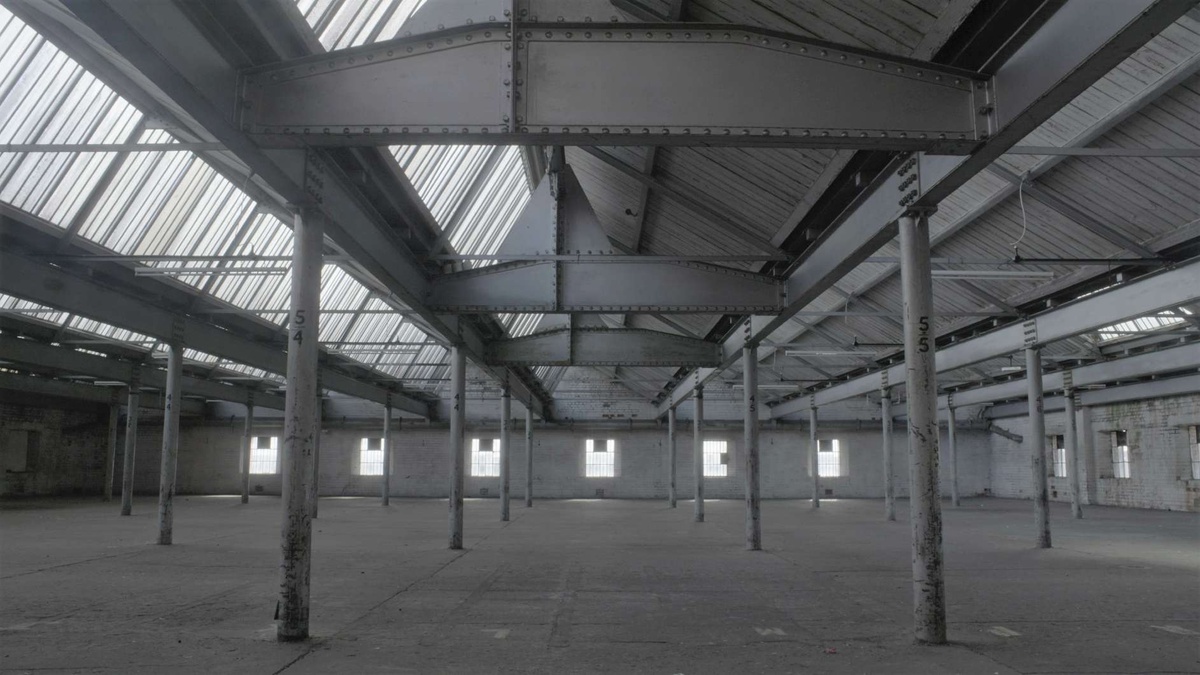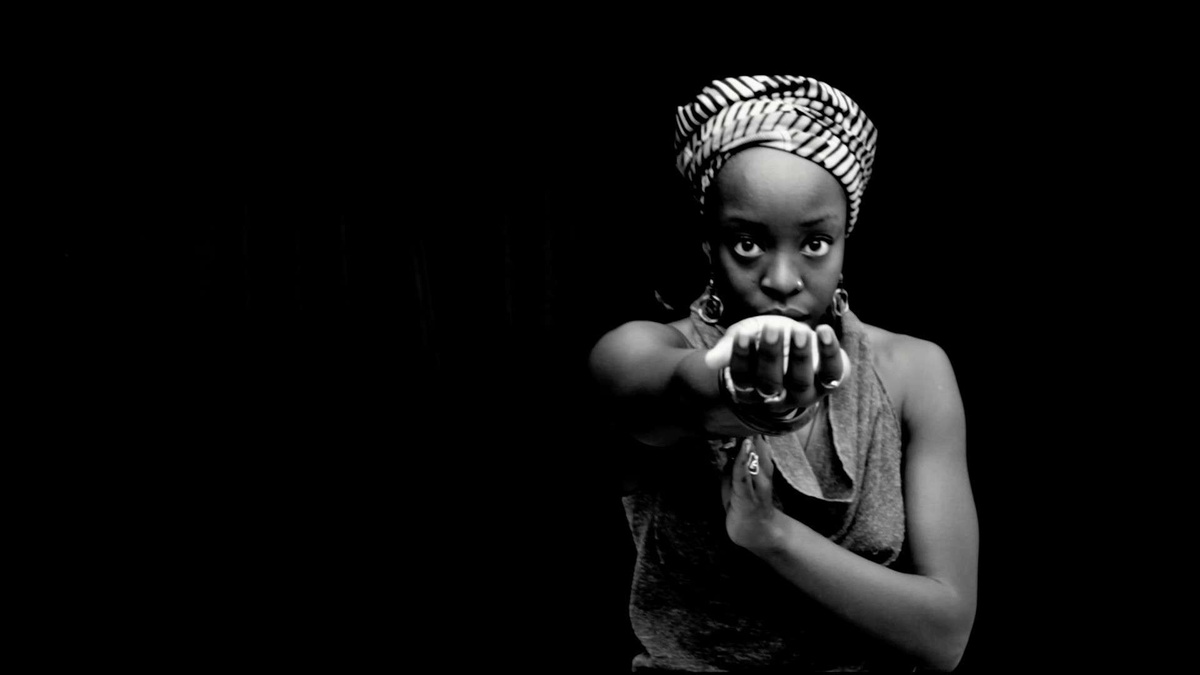Hunched over the cans, I deeply inhaled from each roll of film to try to glean any hint of the initial stages of vinegar syndrome. C, in gloves, would note down a Y or N next to the appropriate checkbox. I learned that I have a keen sense of smell and could perceive the vinegar quicker than her and without the cold film stock pressed too closely to my face. I was worried about inhaling mold spores and reeled back several times after opening a can consumed by growing mold. Sometimes it physically hurt to open a can eaten by vinegar syndrome, the acetate hard and discolored, stuck together and reeking of acid. It’s the same catastrophic feeling as seeing a film reel burn in the projector. Even as a child, fuzzy images on badly recorded VHS tapes gave me an itchy sensation. That combination of displeasing materiality and a sense of loss, of something that will never be recovered; the deep pit of unknowing. I slammed those cans shut and stored them in a special box to keep them from spreading their sickness. C marked an X in the damage column of the audit spreadsheet for the British Empire and Commonwealth Collection, or BECC for short.
We were ostensibly at the Bristol Record Office to digitize some of the thousands of films that came from the BECC collection. However, its disorganized and faltering state meant that we had to audit the collection before we could begin crudely transferring anything to a digital copy. Throughout the time we audited in the D store, I couldn’t resist seeing what each film contained. I would unfurl the rolls and scroll down through the back-to-front frozen images, wanting to animate them with my own imagination. I squinted at figures, trying to unnecessarily gender them, place them, construct them. It wasn’t until the second week that I actually got to see some of the films animated by light and the rudimentary cogs of the Steenbeck editing table. Trope after trope appeared before my eyes, and each time C and I would comment on how expected but unbelievable it was to read the title card descriptions of pagan and uncivilized peoples and practices, and to see White priests clad in full regalia survey Black villagers raising an enormous wooden cross as the pièce de résistance of a recently built village church. We developed a shorthand of brief looks, mumbles, and sighs after the initial flashes of white were displaced by imprinted celluloid stereotypes. Slowly the excitement of uncovering these unseen images subdued to reticence. Our pace became sluggish and we procrastinated, trying to play with or ‘repair’ the decades-old bits of technology that littered the viewing room.
We searched for moments of autonomy or deviance in the films: an errant look, the failure to heed commands, or a direct stare into the lens that broke the illusion of the insensate camera. The cramped digitization room began to stifle and we hatched plans to return to the vast chill of the D store. We had been told that the building was roofed in glass and on a rare day without rain we climbed the stairs up to the top floor. It was full of bird excrement and the windows weren’t as grand as I had expected. It was decidedly gray, but there was so much open space. I wanted to run across it. Watching those films had squashed me a little–into the 4:3 box of the images, and into the fixity of their meaning. C and I both wanted to dance. We felt the urge since we first heard about the roof; and certainly, our work gave us something to let go of, to rid ourselves of. Maybe because our friendship had been forged in dark and dingy dance spaces, because we knew each other through our bodies moving in proximity–for display and for enjoyment. Or maybe because there was so much dancing in the films that our somatic bodies simply wanted to replicate what we had seen at twenty-three frames per so many thousands of seconds. The why wasn’t so important but the need is something to note.
We danced for each other, selecting songs to play from tinny phone speakers into a vastness that richly echoed the poor-quality sound. I was worried we would be rumbled; you are always aware of the impudence of your presence in an archive. Or I am. It’s as if I am not really allowed to be there, that a sudden movement will signal the red flashing light of a rule break. C and I took turns stalking the dancer and filming them: chasing, backing away, changing angles. I was worried I would be embarrassed when it was my turn so I closed my eyes and began with small movements: swaying within myself, rocking from foot to foot. When I rewatch myself, analyzing my motion with an academic interest, it’s surprising how much I leap. I don’t often leap when I dance, but with all that space and all the unintelligible impulses I felt, it was all I could do––leap and leap and skip. I know that in those moments I felt light, or lightened.
There is a moment that stains the memory of this experience––I outstretch my arms, incrementally, to a wingspan that it is odd to see myself possess and I drink in this width like a large exhale, finding space in depth that I didn’t know was there.
After, I had to catch my breath and in exhilarated acknowledgement C and I descended the stairs to return to the archive.

